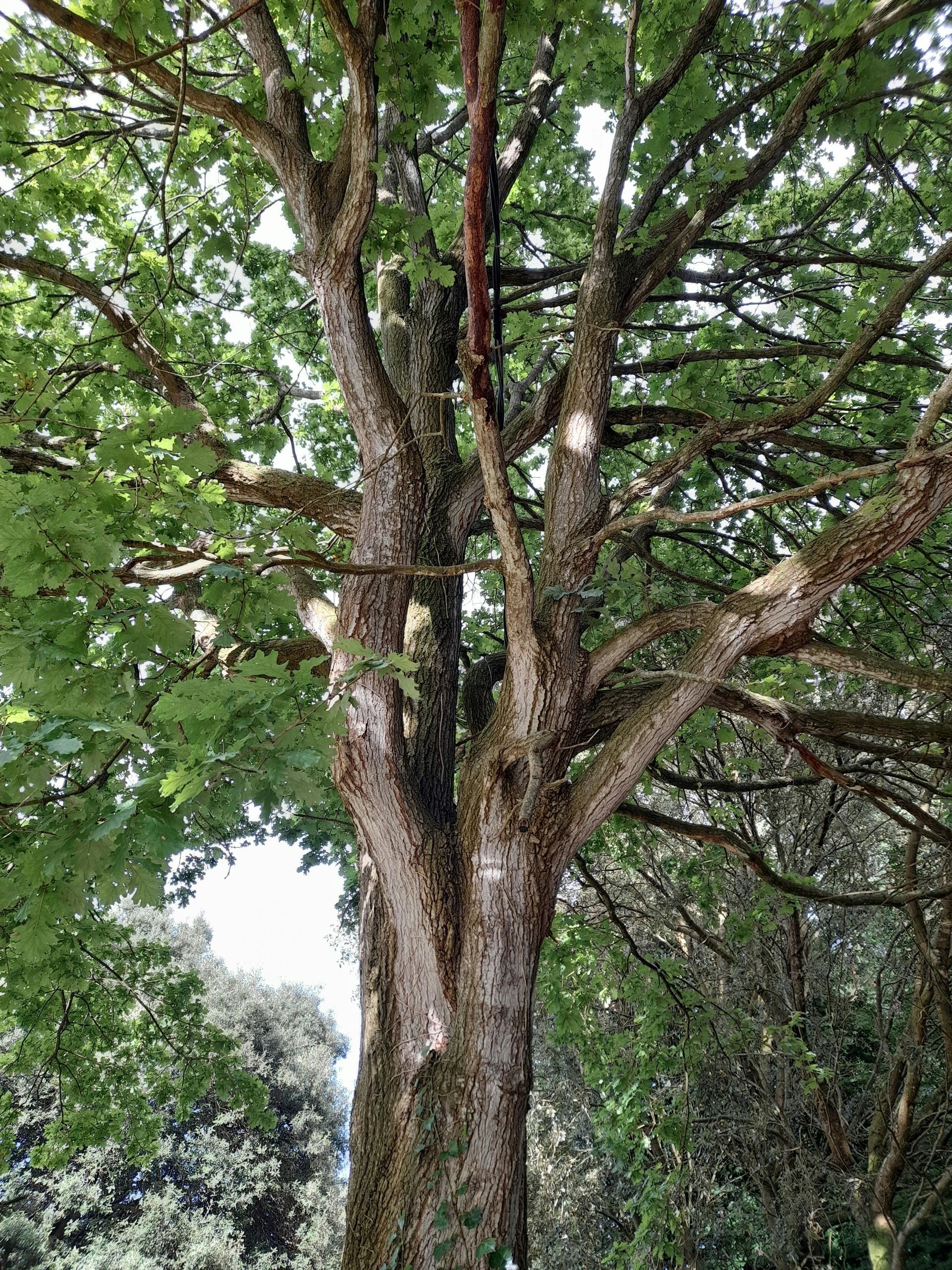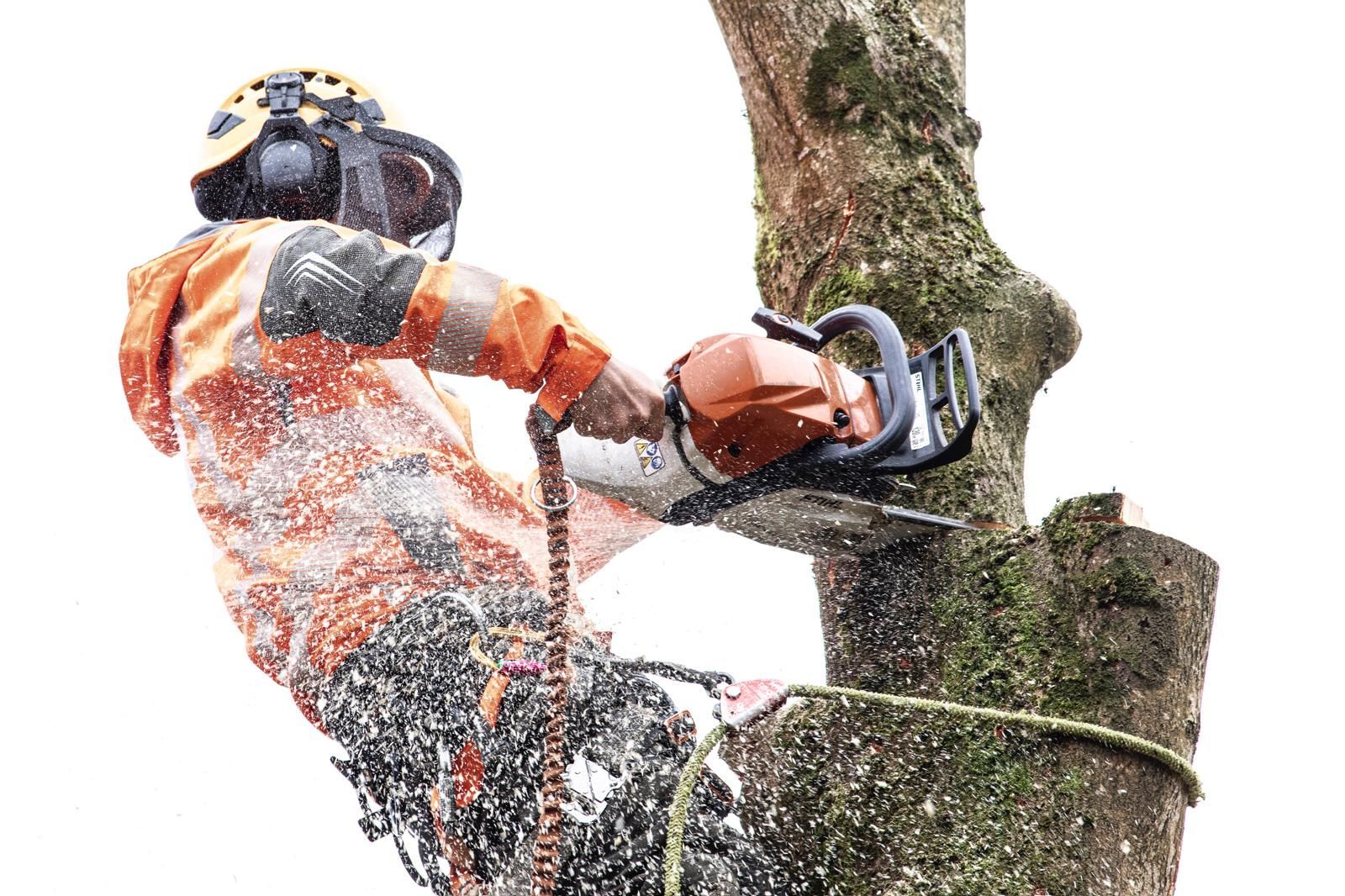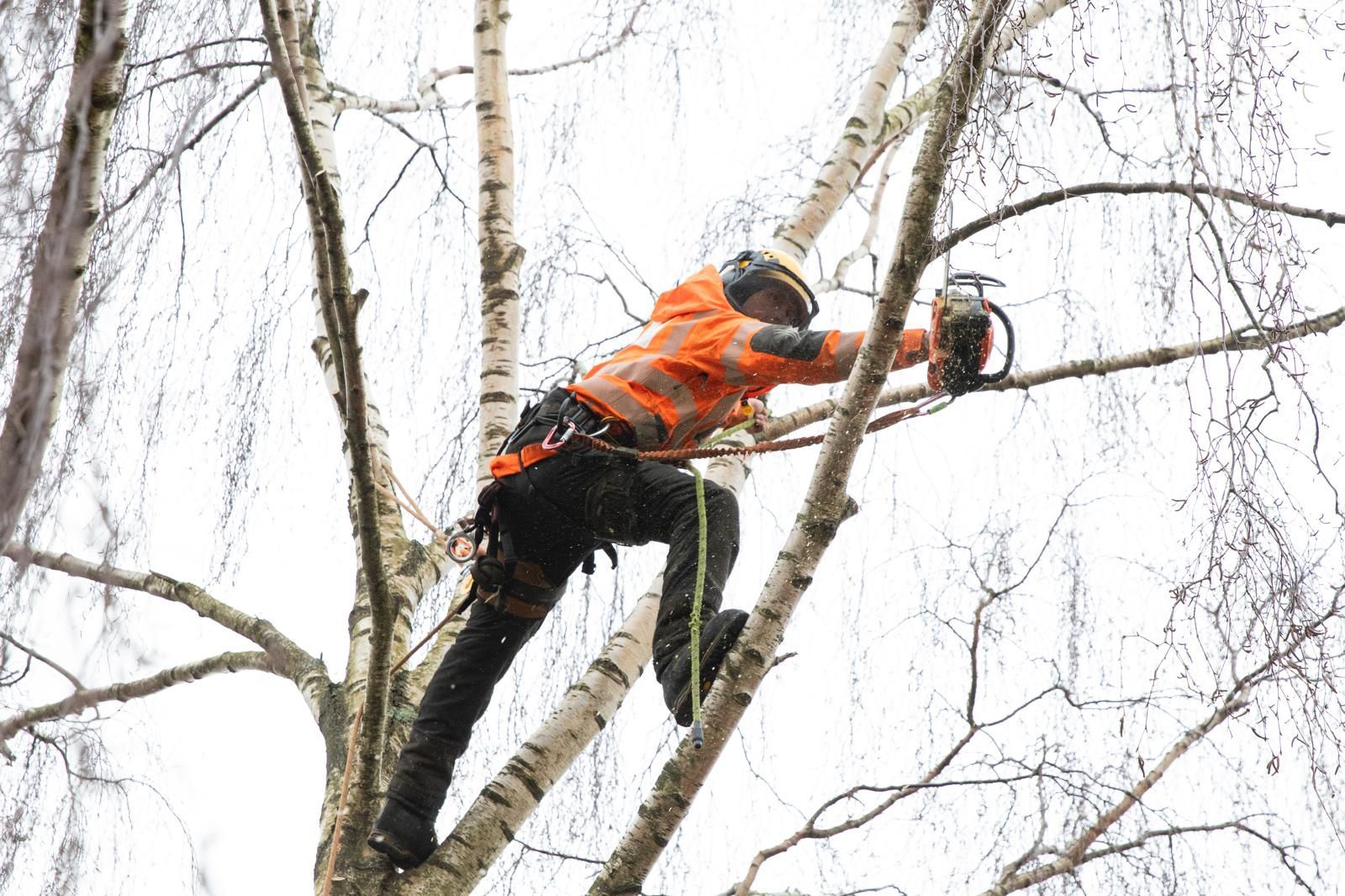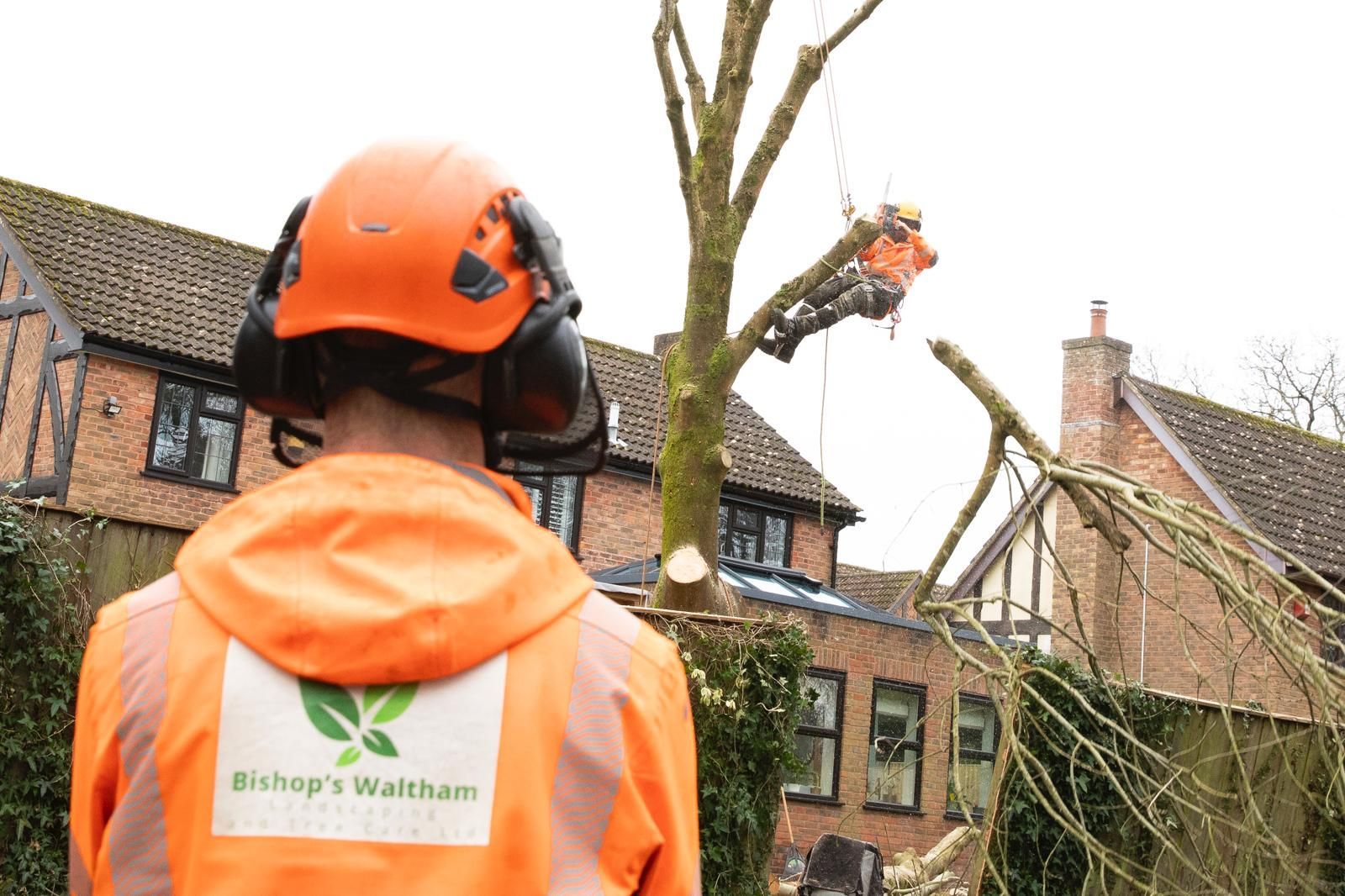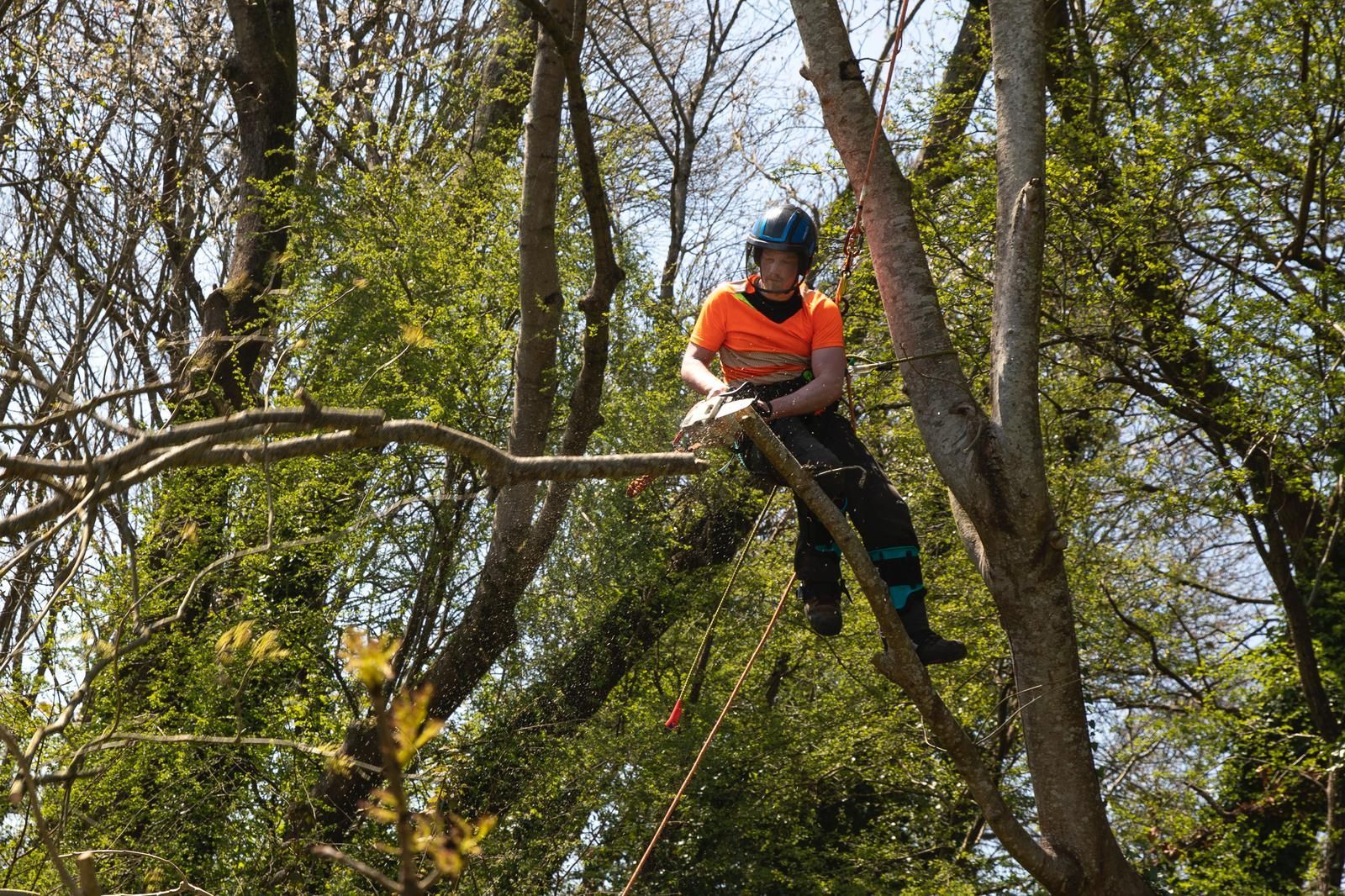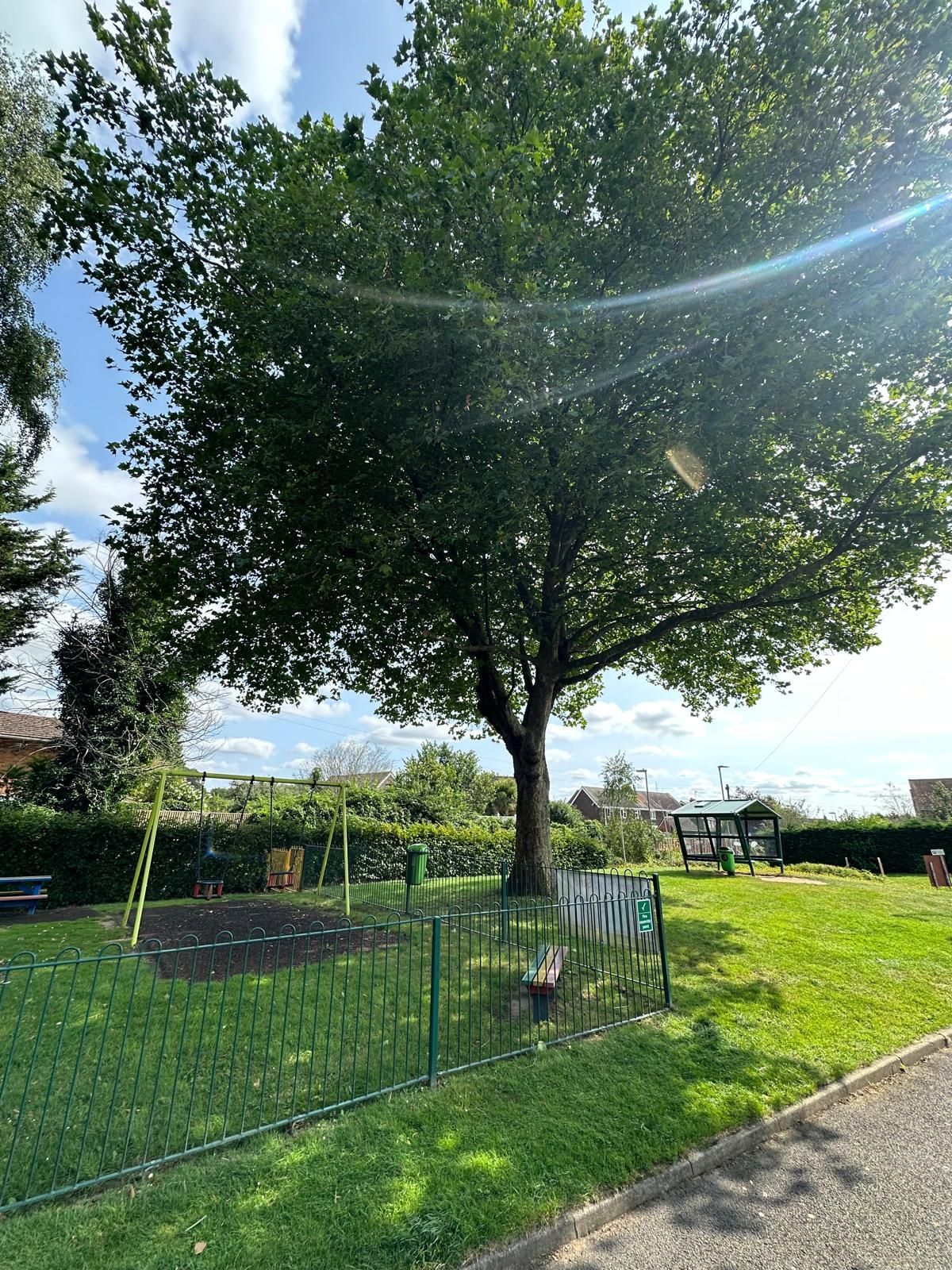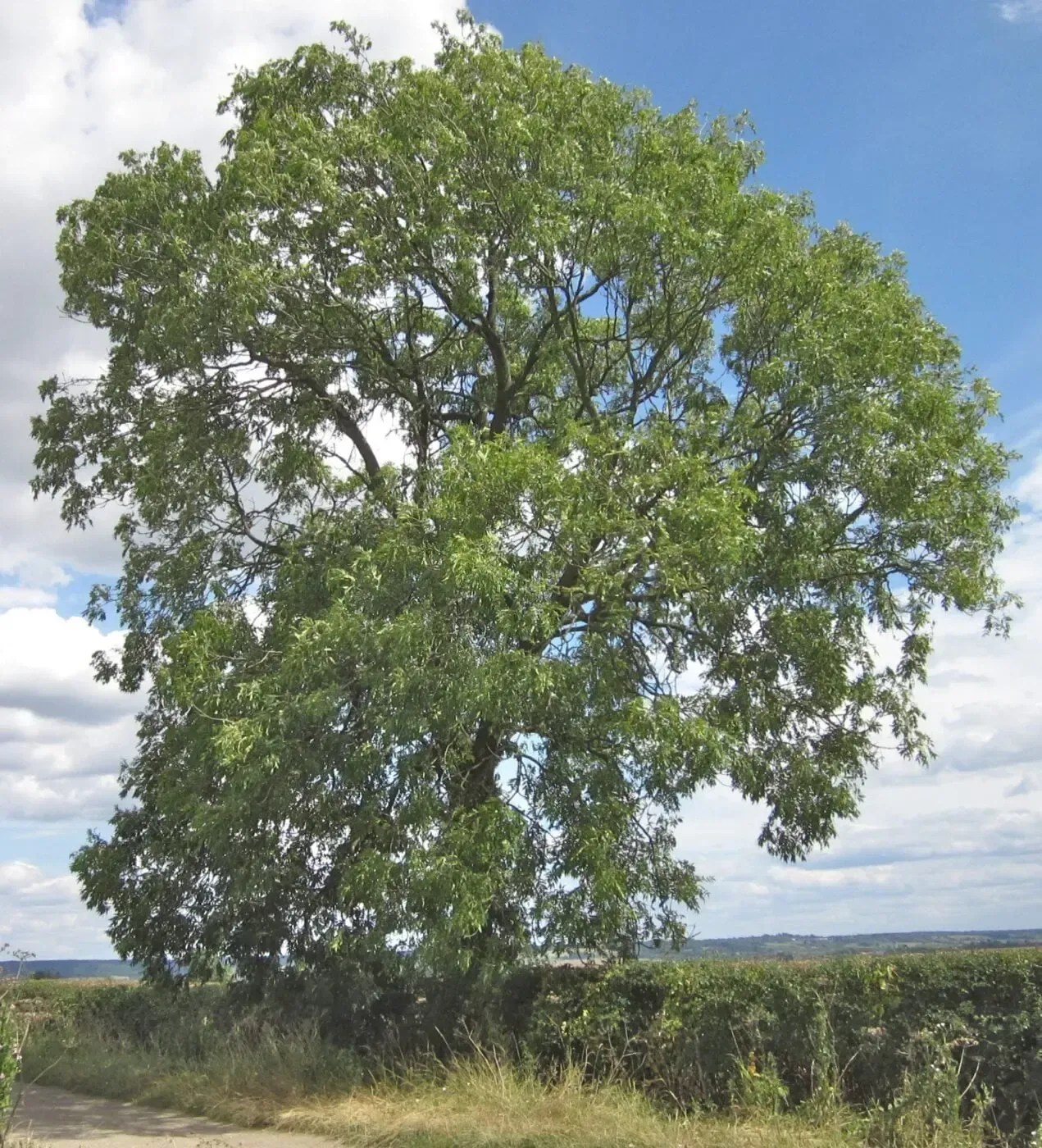Essential Oak Tree Care Tips for a Thriving Garden
Oak trees are the majestic guardians of your garden, standing tall and proud, offering shade and beauty. These time-honoured giants, with their sprawling branches and sturdy trunks, can transform any garden into a verdant oasis. But, to enjoy the full splendour of an oak tree, you must nurture it with care and attention. From selecting the right variety to protecting against pests, mastering the art of oak tree care will reward you with a thriving, healthy garden.
Have you ever wondered what it takes to keep your oak tree flourishing while avoiding common pitfalls that could lead to its decline? In this comprehensive guide, we delve into the essentials of oak tree care, offering step-by-step instructions and expert tips to ensure your garden is a haven for these noble trees.
Key takeaways
- Learn the factors influencing the selection of the right oak tree variety for your garden
- Discover the best planting techniques to give your oak tree a strong start
- Master the art of watering and moisture management to support healthy growth
- Understand the importance of pruning and fertilising to maintain robust trees
- Gain insights into preventing diseases and protecting against pests
Selecting the Right Oak Tree Variety
Choosing the right oak tree variety is like picking the perfect puzzle piece for your garden. Each variety has its unique characteristics, and selecting the one that fits your garden's needs will set the stage for a thriving landscape. Whether you're aiming for a grand, towering presence or a tree that complements your garden's aesthetics, the right choice can make all the difference.
Factors to consider when choosing an oak tree variety
When picking an oak tree variety, the climate of your area plays a pivotal role. Oaks flourish in a range of climates, but specific varieties are more suited to certain weather conditions. For instance, English oaks thrive in temperate climates with moderate rainfall, while Holm oaks are hardy and withstand coastal winds. Understanding your local climate is the first step in selecting an oak tree that will thrive.
The size of your garden is another crucial consideration. English oaks can tower over 40 metres tall, making them ideal for expansive gardens. Conversely, if your space is limited, opt for a more compact variety like the Pin oak, which grows to a more manageable height. The soil type in your garden also influences growth. Red oaks prefer well-drained soil, while Pin oaks thrive in wetter conditions. Consider the existing soil and make amendments if necessary to accommodate your chosen variety.
Finally, reflect on the purpose of planting your oak tree. If you desire shade, a broad-canopied tree like the English oak is perfect. For ornamental purposes, the vibrant foliage of the Red oak is a stunning choice. By aligning your selection with both environmental factors and personal preferences, you'll lay the foundation for successful tree care.
Best oak tree varieties for different garden environments
In large gardens with ample space, the English oak stands as a testament to nature's grandeur. Its extensive canopy and robust trunk provide not only shade but also a habitat for wildlife. If your garden is closer to the coast, consider the Holm oak, renowned for its resilience to salty winds and dry conditions. This variety maintains a vibrant appearance even in challenging environments.
For gardens blessed with sunny spots and well-drained soil, the Red oak is a splendid choice. Its lush foliage and brilliant autumn colours add a dramatic touch to any landscape. However, if your garden is prone to water retention, the Pin oak is your ally. This variety is well-suited to wet soil conditions, ensuring that your garden remains lush and verdant.
By understanding the specific needs and strengths of each oak variety, you can create a tailored garden environment where your chosen tree will flourish, providing beauty and shade for generations to come.
Planting Oak Trees in the Garden
Planting an oak tree is a commitment to the future, a promise of shade and beauty that grows stronger with time. The process requires thought and care, ensuring that your tree has the best start possible. By following the right techniques, you can set your oak on a path to become a healthy, thriving part of your garden.
Proper planting techniques for oak trees
When planting an oak tree, the size of the hole is critical. Dig a hole twice the width of the root ball to give the roots room to spread and establish. This step is crucial for promoting robust growth from the outset. As you position your tree, ensure that the root flare—the point where roots spread at the base of the trunk—is visible above the soil line. This positioning prevents rot and encourages healthy root development.
Mulching is another vital step in oak tree care. By applying a layer of mulch around the base, you retain soil moisture and suppress weed growth, creating a favourable environment for your tree. Additionally, firmly packing the soil around the roots eliminates air pockets, which can impede root growth and stability.
These planting techniques form a comprehensive guide to establishing a strong foundation for your oak tree, setting the stage for a lifetime of growth and vitality.
Ideal location and soil conditions for planting oak trees
Selecting the ideal location for your oak tree is as important as the planting itself. A sunny spot is preferable, as it promotes healthy growth and vigorous leaf production. Avoid placing your tree in shady areas where it might struggle to receive adequate sunlight.
Oaks prefer well-drained soil to prevent root rot and other diseases. If your garden's soil retains water, consider amending it with organic material or elevating the planting bed to enhance drainage. Additionally, ensure that your chosen spot has enough space for the tree's mature size. Oaks can spread their branches wide, and a cramped location will hinder their full potential.
Lastly, consider protection from strong winds, especially for young trees. A wind-sheltered area reduces stress and damage, allowing your oak to establish itself without undue strain. By carefully selecting the location and preparing the soil, you're creating a nurturing environment for your oak tree to thrive.
Watering and Moisture Management for Oak Trees
Water is the elixir of life, and for oak trees, it's no different. However, watering requires precision and understanding to support healthy growth without causing harm. Effective moisture management is crucial, ensuring that your oak tree receives the hydration it needs without falling prey to overwatering or drought.
How to water oak trees effectively
Watering oak trees effectively begins with deep watering to encourage profound root growth. By allowing water to penetrate deeply into the soil, you promote a resilient root system capable of withstanding dry spells. Early morning is the best time for watering, as it minimises evaporation and allows the tree to absorb moisture before the heat of the day.
A slow, steady trickle is the best method, ensuring that water reaches the roots without overwhelming them. This technique, often achieved with a soaker hose or drip irrigation, hydrates the tree efficiently. Remember, the frequency of watering varies with the season and weather. In the growing season, more frequent watering may be necessary, while dormant periods require less.
By adopting these watering techniques, you maintain optimal moisture levels, supporting the health and vitality of your oak tree throughout its life.
Tips for managing moisture levels around oak trees
Managing moisture around your oak tree involves more than just watering. Mulching is a key practice, helping to retain soil moisture and regulate temperature around the roots. A layer of organic mulch not only conserves water but also enriches the soil as it breaks down.
Monitoring soil moisture is another important aspect. Regularly check the soil's moisture level to prevent both drought stress and overwatering. Elevating the garden bed can further enhance drainage, especially in areas prone to water retention.
For targeted hydration, consider using drip irrigation systems. These deliver water directly to the roots, reducing waste and improving efficiency. By managing moisture effectively, you create a stable, nurturing environment for your oak tree to flourish.
Pruning Oak Trees for Health and Growth
Pruning is akin to giving your oak tree a haircut, enhancing its appearance while promoting health and growth. It's a crucial aspect of tree care, improving structure, preventing disease, and maintaining aesthetic appeal. By understanding the importance of pruning, you can foster a robust and beautiful oak tree.
Importance of pruning oak trees
Step-by-step guide to pruning oak trees
Begin your pruning journey by removing dead or diseased branches. This step is crucial, as it not only improves the tree's health but also reduces the risk of disease spread. Aim to cut branches at the node, the point where they connect to the trunk or another branch, ensuring clean healing and preventing infection.
Pruning during the tree's dormant season, typically in late winter or early spring, minimises stress and encourages vigorous growth in the following season. Use sharp tools to make precise cuts, reducing damage to the tree and promoting quick healing.
This step-by-step guide empowers you to prune with confidence, ensuring your oak tree remains healthy, attractive, and structurally sound.
Fertilising Oak Trees for Optimal Growth
Fertilising is the secret sauce that boosts your oak tree's growth, providing essential nutrients for robust health and vitality. Understanding the right types and application methods of fertilisers can make a world of difference in your tree's development.
Types of fertilisers suitable for oak trees
Organic fertilisers are a fantastic choice, enhancing soil health and structure while slowly releasing nutrients. These options, such as compost or well-aged manure, foster a thriving ecosystem around your tree.
Slow-release fertilisers offer a steady nutrient supply, reducing the need for frequent applications. They're particularly useful for maintaining consistent growth throughout the year. For oaks in need of a growth boost, nitrogen-rich fertilisers support vigorous leaf and branch development, while balanced fertilisers provide comprehensive nutrition, covering all essential nutrients.
By choosing the right fertiliser, you set the stage for your oak tree's optimal growth, supporting its health and appearance.
When and how to fertilise oak trees for best results
Timing is key when fertilising oak trees. A spring application boosts early growth and leaf production, setting the tree up for a productive growing season. In contrast, autumn fertilisation prepares the tree for winter dormancy, strengthening its resilience against colder temperatures.
Apply fertiliser evenly around the root zone, ensuring it reaches all areas of the tree's root system. Watering after application aids nutrient absorption, helping the tree make the most of the fertiliser. With these practices, you provide your oak tree with the nourishment it needs, supporting its growth and vitality throughout the year.
Preventing and Managing Oak Tree Diseases
Diseases can be the silent killers of oak trees, undermining their health and vitality. Understanding common diseases and their management is crucial for maintaining your tree's wellbeing. By taking proactive measures, you can protect your oak from these threats.
Common diseases that affect oak trees
Oak wilt is a notorious disease, causing leaf wilting and eventual tree decline. This fungal infection spreads rapidly, making early detection and management essential. Powdery mildew, another common ailment, appears as a white powder on leaves, affecting photosynthesis and growth.
Oak anthracnose leads to leaf spotting and defoliation, while leaf blister creates raised blisters on the foliage. Each disease presents unique challenges, requiring targeted strategies for prevention and management.
By recognising these diseases, you can take swift action to protect your oak tree's health and longevity.
Strategies for preventing and managing oak tree diseases
Pruning diseased branches is a vital step in curbing infection spread, removing sources of disease and reducing the risk of further damage. Regular monitoring allows you to detect early signs of disease, enabling timely intervention.
Using resistant oak varieties is an effective preventative measure, reducing susceptibility to common diseases. Proper sanitation, such as cleaning pruning tools and removing infected debris, further prevents disease introduction and spread.
These strategies, rooted in proactive care, protect your oak tree from disease, ensuring its continued health and beauty.
Protecting Oak Trees from Pests
Pests can wreak havoc on oak trees, causing damage and stress that undermine their health. Understanding the types of pests and how to protect your tree is essential for maintaining a thriving garden.
Types of pests that can damage oak trees
The oak processionary moth is a formidable pest, with larvae that defoliate trees, weakening their structure. Borers, another common threat, tunnel into wood, compromising the tree's integrity. Aphids suck sap from leaves, causing them to curl and yellow.
Scale insects excrete honeydew, encouraging sooty mould and further stressing the tree. Each pest presents unique challenges, requiring a range of strategies to protect your oak tree.
Natural and chemical methods to protect oak trees from pests
Encouraging natural predators, such as birds and beneficial insects, helps control pest populations naturally. Applying horticultural oil is an effective way to smother small insect pests, reducing their numbers.
Introducing beneficial insects, like ladybirds, can further reduce pest populations, providing a natural form of pest control. For more targeted intervention, insecticidal soap targets soft-bodied pests, offering an effective solution without harming the tree.
By employing these methods, you shield your oak tree from pests, supporting its health and resilience.
Winter Care Tips for Oak Trees
Winter can be a challenging time for oak trees, with cold temperatures and harsh conditions posing significant threats. Preparing your tree for winter ensures its survival and health, safeguarding it against the season's challenges.
How to prepare oak trees for the winter season
Mulching is a crucial winter preparation step, insulating roots and retaining warmth in the soil. A layer of mulch protects the tree from extreme temperatures, reducing the risk of root damage.
Watering before the ground freezes is another essential practice, ensuring the tree remains hydrated throughout winter. Wrapping young trees with burlap shields them from harsh winds, reducing stress and damage.
Removing fallen leaves and debris from around the tree reduces disease risk, promoting a clean and healthy environment. These preparatory measures help your oak tree weather the winter season with resilience.
Winter maintenance practices to ensure oak tree health
Inspecting your oak tree for damage after storms is vital, preventing further issues and maintaining its structural integrity. Pruning dead or broken branches minimises hazards and supports the tree's health.
Monitoring soil moisture is crucial, preventing winter drought stress that can compromise the tree's health. Additionally, protecting against deer browsing with physical barriers or repellents maintains the tree's wellbeing.
By following these winter maintenance practices, you safeguard your oak tree's health, ensuring it emerges from the winter season strong and ready for spring growth.
---
In sum, oak tree care is a journey that requires dedication and understanding. From selecting the right variety to mastering watering techniques and protecting against pests, each step contributes to a thriving, healthy garden. By embracing these tips, you nurture not only your oak tree but also the beauty and vitality of your entire garden.
What challenges have you faced in caring for your oak tree, and how have you overcome them? Join the conversation and share your experiences with fellow gardeners!
Frequently Asked Questions
How often should I water my oak tree?
For newly planted oak trees, water deeply once a week during the growing season. Established oak trees generally do not need regular watering, except during prolonged dry spells. Monitor the soil moisture levels by sticking your finger into the soil - if it feels dry, it's time to water.
Should I fertilize my oak tree?
Fertilizing oak trees is generally not necessary, as they are adaptable to various soil conditions. However, if your tree is showing signs of nutrient deficiency, you can apply a balanced slow-release fertilizer in early spring. Be cautious not to over-fertilize, as this can harm the tree.
How should I prune my oak tree?
Pruning oak trees should be done in late winter or early spring to remove dead or damaged branches. Avoid pruning during the growing season, as this can make the tree more susceptible to diseases. Always use sharp, clean tools and make cuts at a slight angle just above a bud or lateral branch.
How can I protect my oak tree from pests and diseases?
To protect your oak tree from pests and diseases, ensure proper air circulation around the tree by pruning to maintain good structure. Avoid overhead watering, as this can create humid conditions that promote disease. Monitor the tree regularly for signs of pests or diseases and address any issues promptly.
When is the best time to plant an oak tree?
The best time to plant an oak tree is in late autumn or early winter, when the tree is dormant. This allows the tree to establish its roots before the growing season begins. Ensure the planting hole is wide and deep enough to accommodate the root ball, and water the tree deeply after planting to help it settle in.
Expert Oak Tree Care in Hampshire
Bishops Waltham Tree Surgeons are trusted professionals in caring for Oak Trees in and around Hampshire. Let us help your garden thrive.
